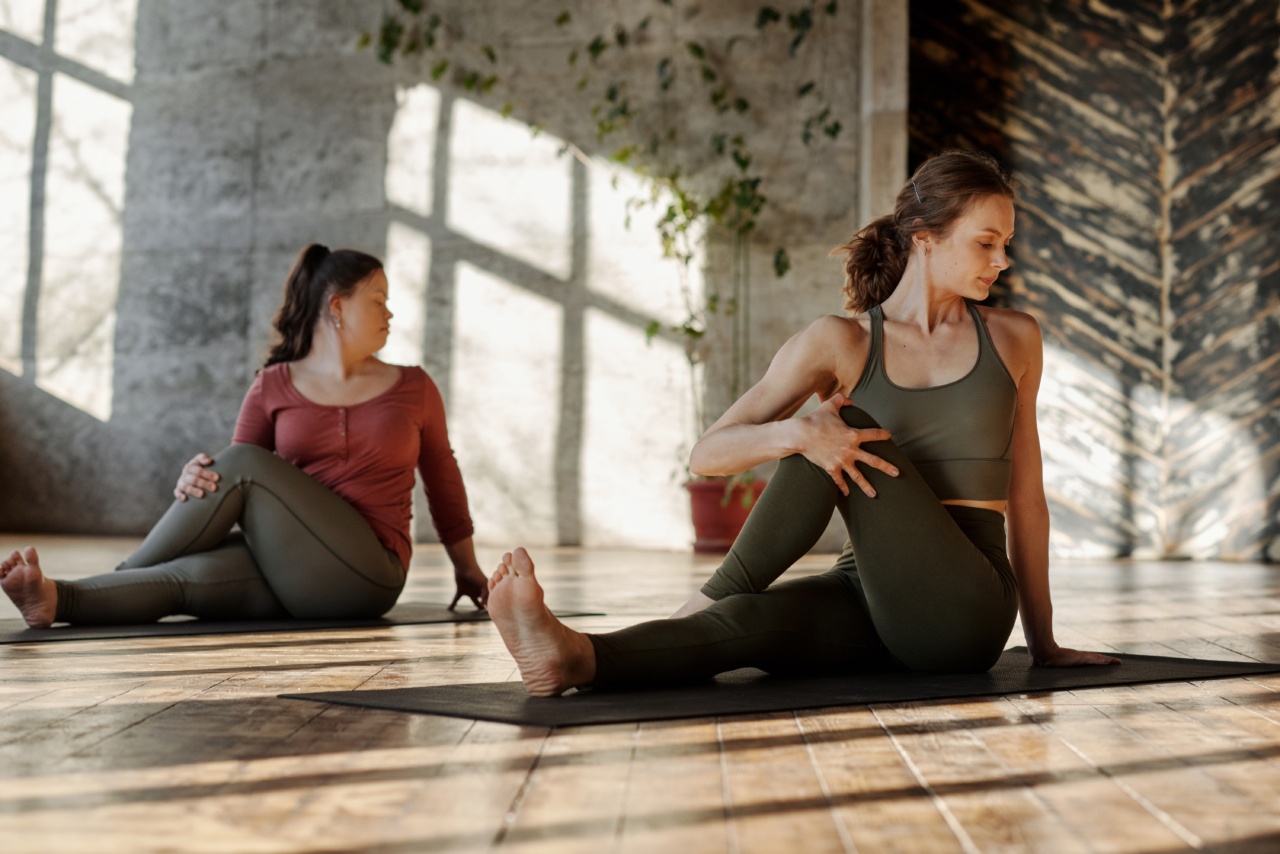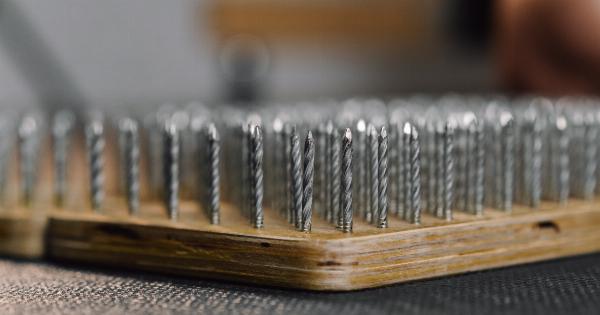Stretching is often overlooked, but it plays a crucial role in enhancing our overall well-being.
Incorporating regular stretching exercises into our daily routine can improve flexibility, prevent injuries, reduce muscle tension, and provide numerous other benefits for our bodies. In this article, we will discuss the importance of stretching and explore some key stretching techniques and exercises.
The Importance of Stretching
Stretching is more than just a warm-up activity before engaging in physical exercise. It is a vital component of any fitness regimen and offers a range of benefits for our bodies.
Here are some reasons why you should consider incorporating stretching into your daily routine:.
1. Improved Flexibility
Regular stretching can significantly improve flexibility by increasing the range of motion in our joints and muscles. This increased flexibility can enhance athletic performance, allow for better posture, and make everyday movements easier.
Stretching also helps prevent muscle imbalances that can lead to poor posture, chronic pain, and limited mobility.
2. Injury Prevention
Stretching reduces the risk of injuries by preparing our muscles and tendons for physical activity. When muscles are warm and loose, they are less prone to strains, sprains, and other exercise-related injuries.
Stretching also improves blood circulation to the muscles, ensuring they receive sufficient oxygen and nutrients during physical exertion.
3. Muscle Tension Relief
Regular stretching helps alleviate muscle tension and tightness, particularly in areas prone to stress and stiffness, such as the neck, shoulders, and lower back.
By stretching these muscles, we can release tension, reduce discomfort, and improve overall relaxation. Stretching can also ease muscular aches and pains associated with sedentary lifestyles or extended periods of sitting.
4. Enhanced Athletic Performance
Dynamic stretching, which involves active movements that take joints and muscles through a full range of motion, is particularly beneficial for athletes.
Dynamic stretches help improve coordination, balance, and agility, which are all essential for optimal athletic performance. Incorporating dynamic stretching routines before workouts or sports activities can prime the body for better performance.
5. Stress Reduction
Stretching offers significant mental and emotional benefits as well. Engaging in stretching exercises promotes relaxation, reduces stress levels, and helps clear the mind. When we stretch, our bodies release endorphins, which are natural mood enhancers.
This can contribute to an improved sense of well-being and aid in combating anxiety, depression, and other mental health issues.
6. Improved Posture
Poor posture can lead to a variety of musculoskeletal issues and discomfort. Regular stretching can help improve posture by loosening tight muscles and strengthening weaker muscles, thus restoring balance to our bodies.
By focusing on stretching exercises that target specific muscle groups, we can correct muscular imbalances and encourage proper alignment of the spine.
7. Increased Blood Circulation
Stretching increases blood flow to the muscles, improving overall circulation. This heightened blood flow ensures that muscles receive adequate oxygen and nutrients, helping them function optimally.
Improved circulation also aids in toxin removal, promotes better organ function, and contributes to healthier skin.
8. Flexibility for Aging
As we age, our muscles lose elasticity, making us more susceptible to injuries and reducing mobility. Regular stretching can help maintain flexibility and mobility as we get older.
It assists in preserving joint health, combats age-related stiffness, and improves overall physical function. Incorporating stretching exercises into our daily routine can contribute to a better quality of life in our later years.
Stretching Techniques and Exercises
Now that we understand the importance of stretching, let’s explore some stretching techniques and exercises that can supercharge your body:.
1. Static Stretching
Static stretching involves holding a stretch position for a certain period, usually between 15 to 60 seconds. It can be performed both before and after exercise to improve flexibility and prevent muscle imbalances.
Examples of static stretches include standing toe touches, seated forward bends, and calf stretches.
2. Dynamic Stretching
Dynamic stretching involves continuous movement through a full range of motion, gently challenging our muscles and joints. It is particularly useful as a warm-up before engaging in more vigorous physical activities.
Examples of dynamic stretches include walking lunges, leg swings, and arm circles.
3. PNF Stretching
Proprioceptive Neuromuscular Facilitation (PNF) stretching involves a combination of stretching and contracting muscle groups. It helps improve flexibility and increase the range of motion.
PNF stretching is often done with a partner and includes techniques like contract-relax, hold-relax, and contract-relax-antagonist-contract.
4. Yoga and Pilates
Yoga and Pilates incorporate various stretching exercises that focus on both physical and mental well-being. These disciplines improve flexibility, build strength, and enhance body awareness.
Regular practice of yoga and Pilates can help alleviate muscle tension, improve balance, and promote overall relaxation.
5. Foam Rolling
Foam rolling, also known as self-myofascial release, is a form of self-massage using a cylindrical foam roller. It helps release muscle tightness, knots, and trigger points.
By applying pressure to specific areas of the body, foam rolling aids in muscle recovery, improves flexibility, and prevents muscle imbalances.
Conclusion
Stretching is not only beneficial before and after physical exercise but should also be incorporated into our daily routine.
With regular stretching, we can supercharge our bodies, improving flexibility, preventing injuries, reducing muscle tension, and reaping numerous other physical and mental benefits. Remember to focus on various stretching techniques, such as static, dynamic, PNF, and incorporating activities like yoga and Pilates. So, take a few minutes each day to stretch and give your body the care and attention it deserves!.




























